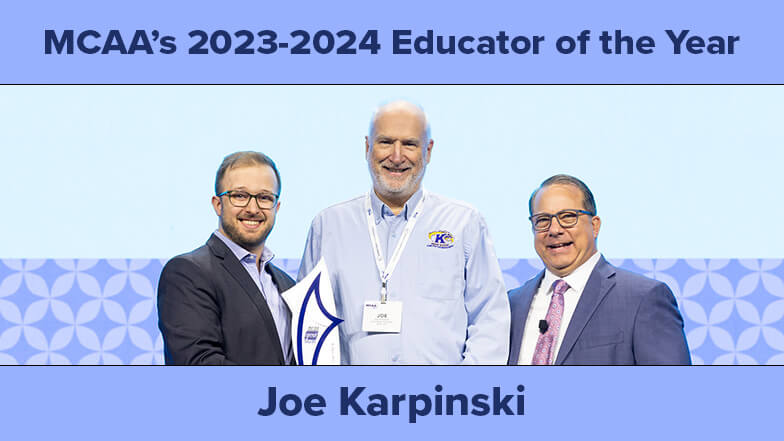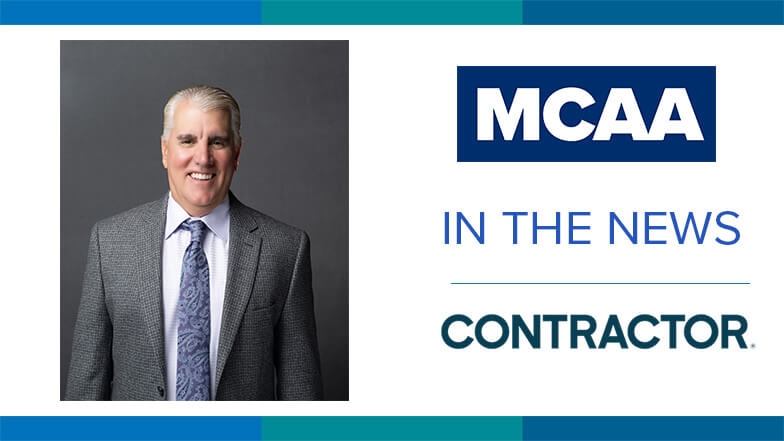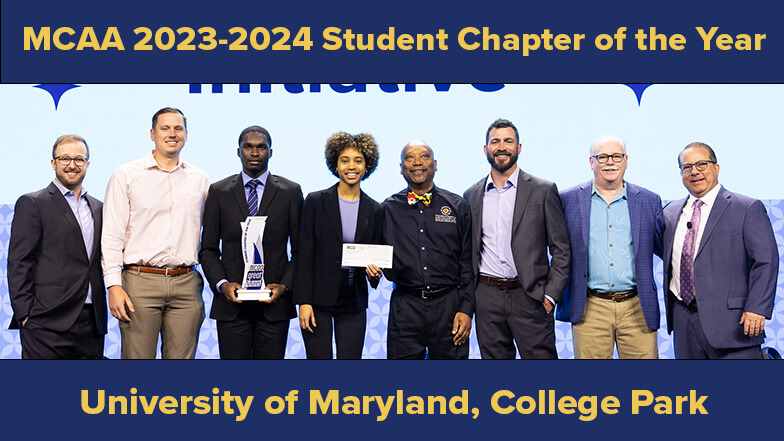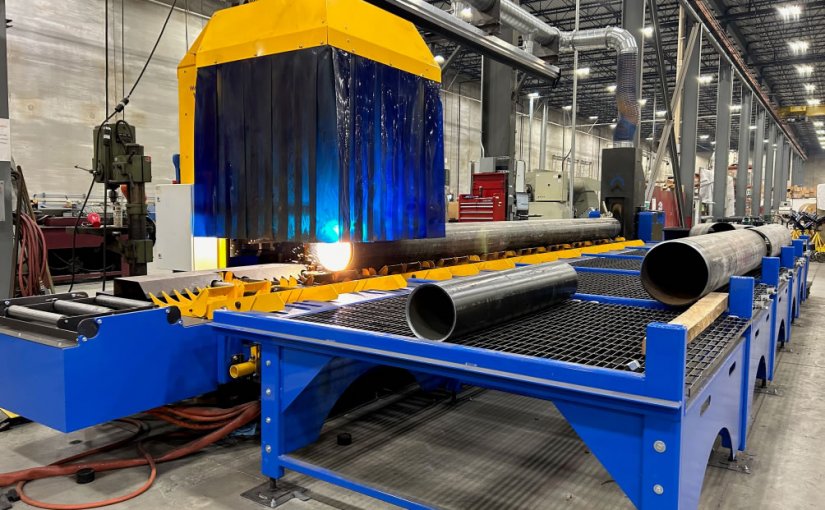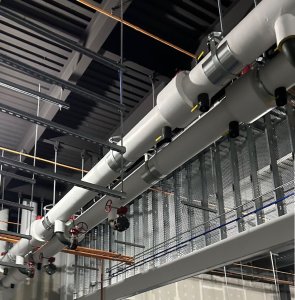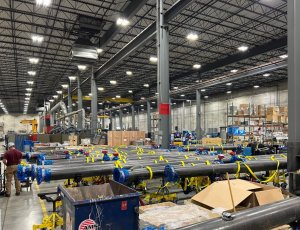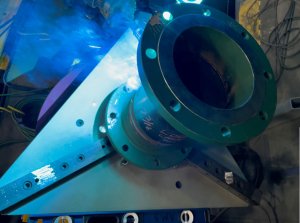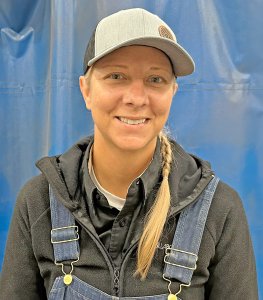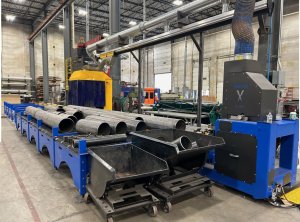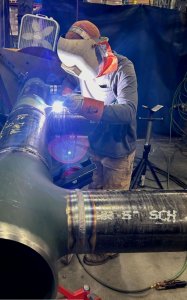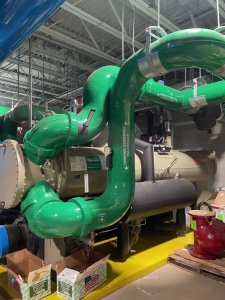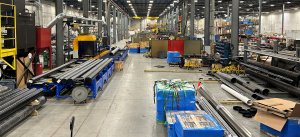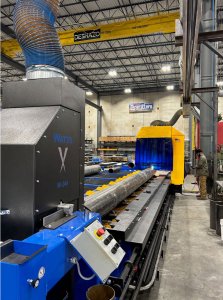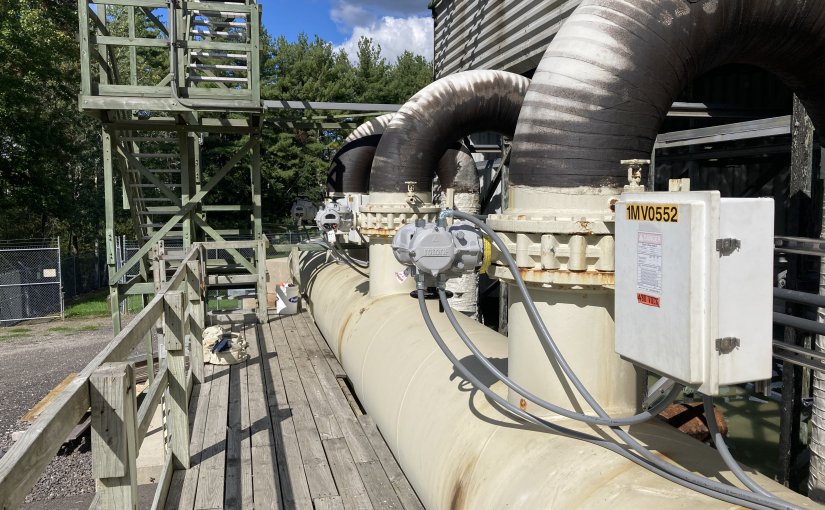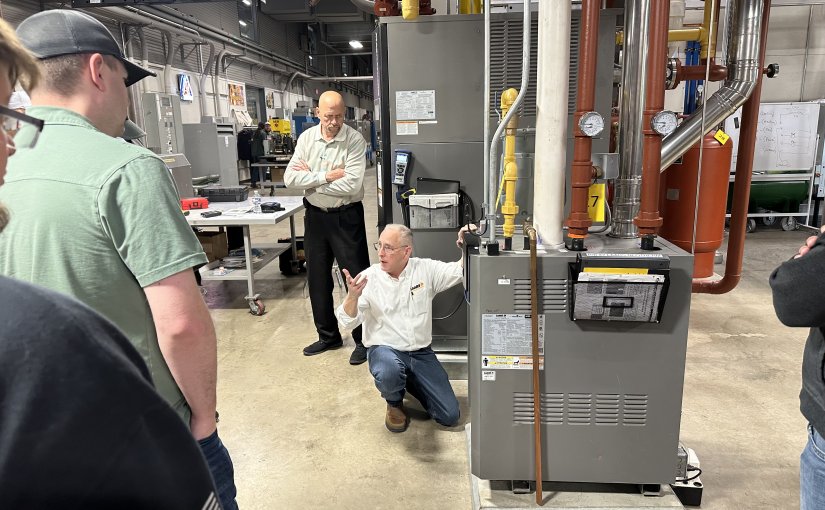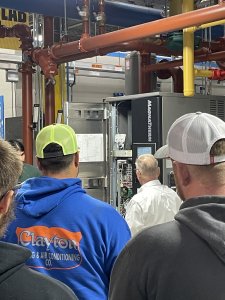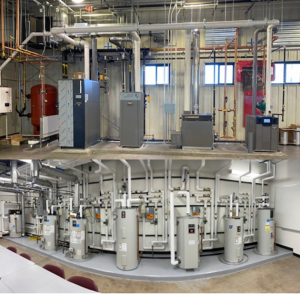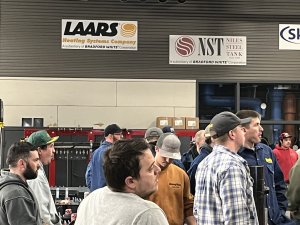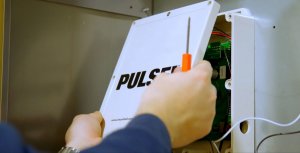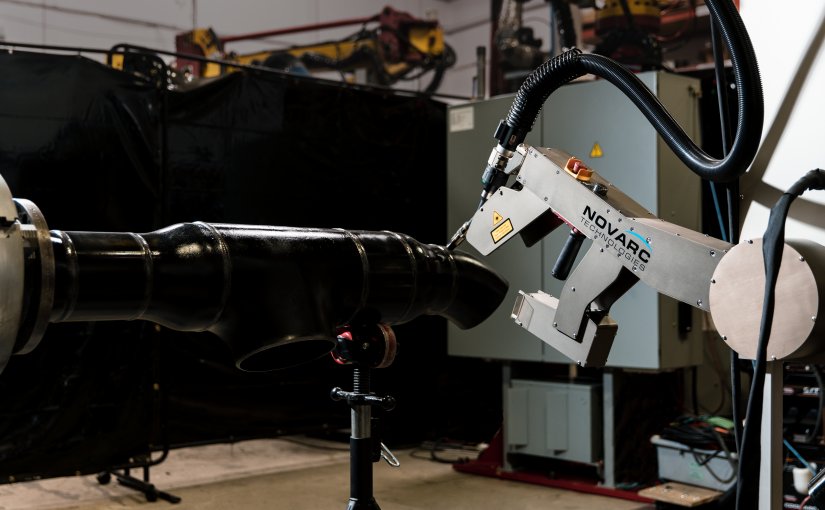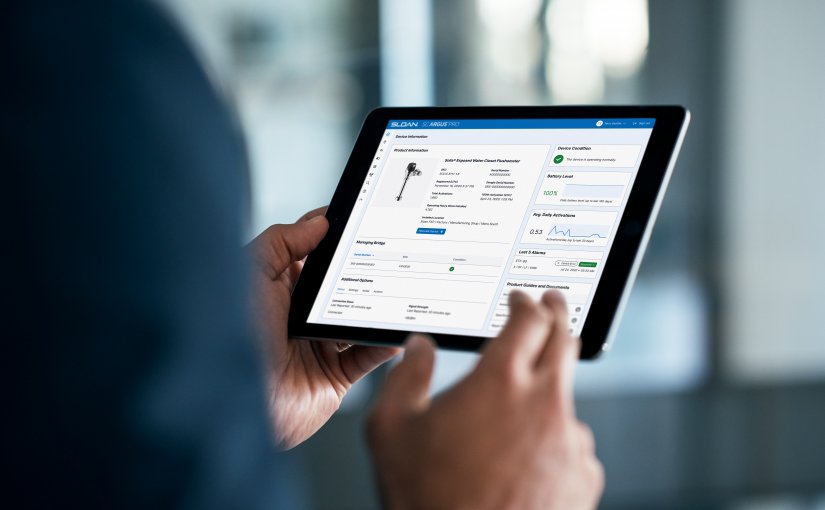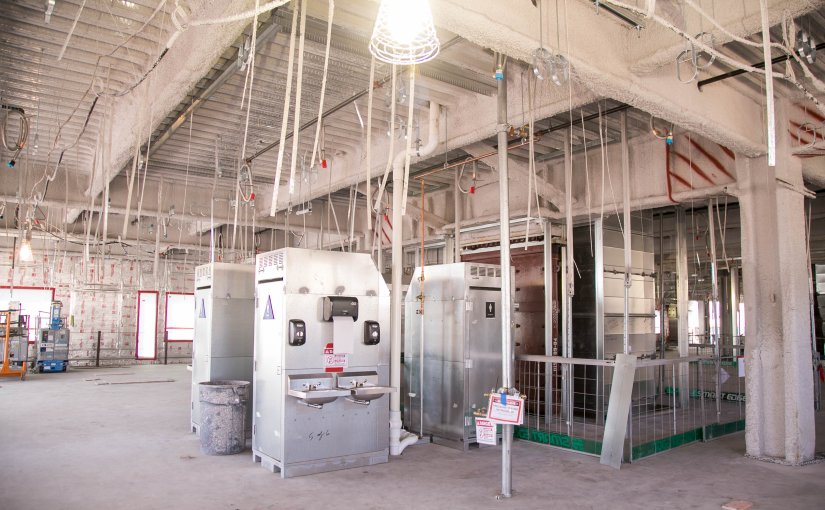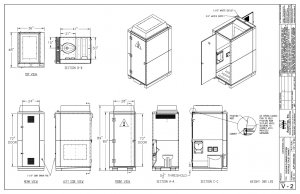Murphy Company adopted MILWAUKEE TOOL’s latest M18 FUEL™ ½” Drill/Driver because it has the power and speed to keep them productive on the job, but also because of an enhanced safety feature that prevents injuries caused by over-rotation. The drill’s AUTOSTOP™ Control Mode senses over-rotation in a bind-up and automatically shuts off the drill, providing more control and reduced kickback. MILWAUKEE TOOL is a benefactor of MCAA24.
The Danger of Over-Rotation
With nearly 30 years of experience, Ricky Reams, the vice president of safety and quality at Murphy Company, understands how tools directly impact safety and productivity on a jobsite. Reams described an incident in which a lead foreman was showing an apprentice how to do a task. Based on the position and height of the task, they felt safer doing it in a lift rather than on a ladder.
“They actually did a great thing! They moved the ladder, got a scissor lift in place, and went up,” said Reams. “But they still had to reach completely overhead, because they were still limited by the height of the lift.”
During the application, the drill caught, spun, and injured the foreman’s hand. With 115 years in business and more than 1,300 employees nationwide, this one incident may seem minor in the scale of Murphy Company’s business, but the company places strong emphasis on safety and continuous improvement.
“We had an injury in front of the apprentice we were trying to train and a lead foreman that required medical treatment,” said Reams. “But even if we take away the direct costs and hours spent investigating the injury, it still has an impact on how a customer perceives us. We had a recordable injury on that job because of the over-rotation of the drill.”
On a quarterly and annual basis, Murphy Company does a formal analysis of jobsite injuries to assess and prioritize problems. The analysis is focused on understanding the types of injuries that occurred, how they happened, the task being undertaken, and how it was performed, among other factors.
Check out trends in construction industry injuries from CPWR, the Center for Construction Research and Training: https://www.cpwr.com/wp-content/uploads/2020/06/Quarter3-QDR-2019.pdf
“When we really got down to it, the majority of the hand injuries that we had associated with a drill were from working on an elevated platform, either in a lift or on a ladder; they were working overhead, and they were drilling with a large 4” or 5” hole bit,” noted Reams. “Many of the injuries were happening at almost the exact same task. In that overhead body position, there is less control over the tool.”
Dive deeper into the risks of over-rotation and other injuries on the job in this Construction Executive article: https://constructionexec.com/article/the-safety-technology-in-safety-technology-tools
Around the same time that Murphy Company was coming to their conclusions after analyzing hand injuries, MILWAUKEE TOOL introduced their newest M18 FUEL ½” Drill/Driver. Working side-by-side with users to understand their needs and frustrations, MILWAUKEE TOOL’s research teams were repeatedly asked for a drill that reacts more consistently to bind-ups. Solutions from other tool manufacturers were either overly sensitive, shutting the tool down prematurely, or not sensitive enough, so the feature did not engage at all.
In developing the new drill, MILWAUKEE TOOL used data from users in the field and lab-correlated data points. MILWAUKEE TOOL then leveraged advanced machine learning to account for the numerous and challenging variables associated with drilling a hole with a ½” drill. The combination of real-life and machine data points led to the development of an industry-leading solution that shuts down the drill’s motor at the right moment. Additionally, the advanced algorithm results in excellent reaction time and minimizes nuisance shutdowns that can hinder productivity.
Engineering a Solution
“The message we were getting from our field employees was that over-rotation was an issue with the current drills being used in certain applications, and we wanted to find a better solution,” said Reams.
The wide range of tasks and applications Murphy Company handles requires a tool line that is diverse enough to apply to everyone. In the mechanical trades, workers often need to work overhead, at heights, or in hard-to-reach places. The further away from the body the tool is, the less control the user has, which can result in jobsite injuries.
“Think about where duct work or pipe goes,” Reams explained. “It’s in the ground, it’s in the ceiling, but very seldom allows for ideal body positioning. Often what we’re doing tends to be at some level of an off-center or awkward position.”
When MILWAUKEE TOOL’s latest drill with the enhanced technology was introduced, Murphy Company immediately put it to the test in the field with some of their top journeymen and craftsmen to understand the drill’s functionality and performance.
“Anytime we make any type of switch to any type of tool or equipment, we test it in real-world applications. We evaluated the new drill/driver with AUTOSTOP technology with multiple teams and jobsites, and the tool performed exactly as advertised—from a power perspective, from a run-time perspective, and even down to the ergonomic controls and design of the tool itself, like the weight and the battery options that are available. AUTOSTOP technology stopped the drill as soon as it sensed a bind-up and started to rotate.”
Reams continued, “AUTOSTOP technology immediately neutralizes the tool and reduces the risk of a potential injury. It was a long time coming. That’s an engineering solution to a problem that’s as old as when drills were first invented.”
Following the trial, Murphy Company updated their tool catalog so that they purchase only MILWAUKEE TOOL’s M18 FUEL ½” Drill/Driver moving forward.
“Regardless of how much training we do, the complexity and variations of our jobs will always present hazards,” Reams noted. “When using technology and engineering controls in tools to reduce or completely eliminate the hazard or the possibility of using that tool incorrectly, we’re saving countless injuries from happening.”
For more information, visit www.milwaukeetool.com. MCAA thanks MILWAUKEE TOOL for being a benefactor of MCAA24, hosting the Wednesday night reception and Awards of Excellence Breakfast.

